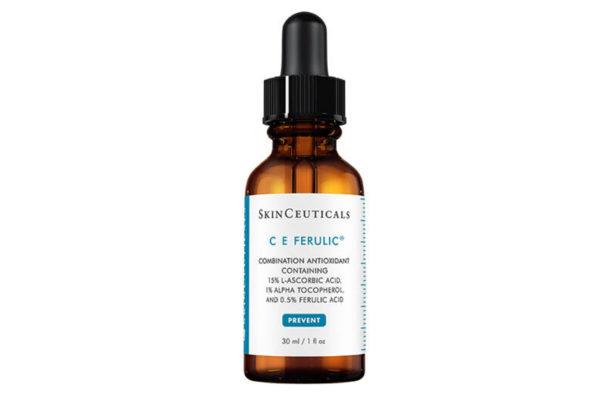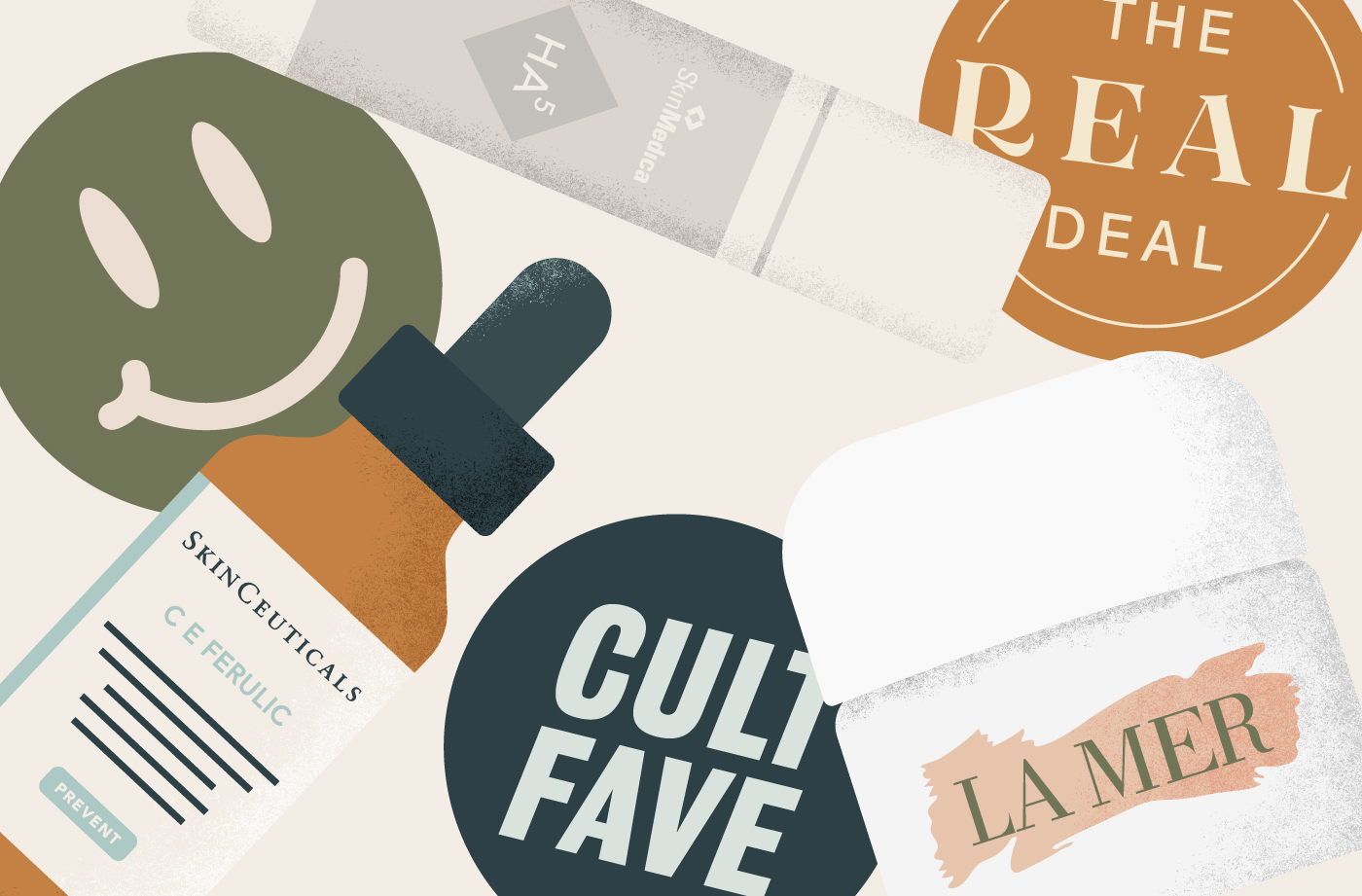
January 31, 2020 at 03:00PM by CWC
“There’s an entire Instagram account dedicated to people who want to buy this perfume,” my sister-in-law Nicole tells me of Francis Kurkdjian’s best-selling Baccarat Rouge ($300) fragrance as we inhale the warm, smells-like-a-pretty-teacher aroma at the dinner table in Texas. For a scent I’ve caught on actors going through airport security in Chicago (Anthony Anderson, I’m talking to you!) and praised on FatMascara’s beauty podcast, it was enough to spark the question: What makes cult favorite beauty products? Is it a game of numbers and sales? Is it simply the power of word of mouth?
Even as beauty staples evolve into more natural formulations and eco-friendly packaging, our lens on aspirational purchases remains fixed on classics like Creme de la Mer (from $90) and Diorshow mascara ($30). To gain a clearer view of what makes a product a sensation, we went straight to the sources. Take the numbers game, for instance. As the top prestige loose powder foundation in America, one jar of BareMinerals Original Loose Powder Foundation ($32) is sold every 25 seconds. It’s a powerhouse brand carried by almost every major beauty retailer; plus, it was one of the first mineral SPF options on the market–so that loyalty began decades ago. Cartier’s most iconic scent, La Panthere Eau De Parfum ($129), sells 1,111 flasks of fragrance every day. The storied house carries the kind of clout that makes customers clamor for its classic red and gold designer logo, even if just emblazoned on the shopping bag.
Amika, the Brooklyn-based vegan hair brand that launched just 13 years ago, already holds some impressive stats. Their best-selling Perk Up Dry Shampoo ($25) moves a bottle a minute. This means if you were to stack up all the Perk Up Dry Shampoos sold in 2019 alone, it would measure the height of the Empire State Building–306 times over. Part of its success lies in the super light scent and sheer finish, part lies in the fact that it’s talc-free, and part is surely that feel-good floral packaging.
For skin care, the level of cult appeal increases exponentially. With customers willing to drop their savings on a bottled promise of extended youth, the stakes are even higher. A mix of unique ingredient innovation and customers willing to vouch for results often creates a tipping point for the brands that make history. Below, we dive into a few of the major players worth noting.
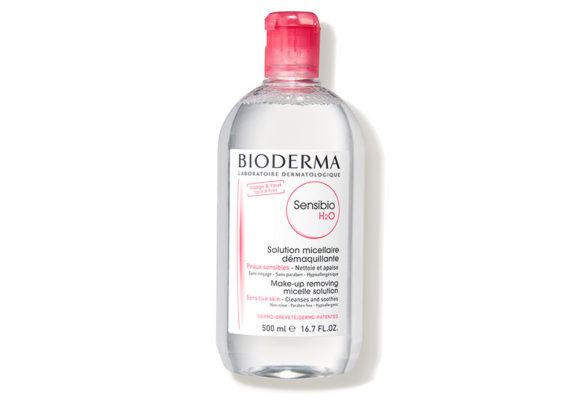
The cleanser
“A product with a devout following will float to the top because it works exceptionally well for just about anyone,” says Bioderma’s team as we discuss the wave of A-list fans like Ashley Graham, Rosie Huntington-Whitley, and Tracee Ellis Ross who claim Sensibio H2O ($15) as their go-to makeup remover. On top of being a kit staple for celebrity make-up artists like Mario Dedivanovic and Sarah Nicole Tanno, it even comes highly recommended by Manhattan dermatologist Shereen Idriss, MD.
Launched a quarter of a century ago, today, Bioderma sells one Sensibio H2O every two seconds around the world. “The formula contains ten clean ingredients, including highly purified water, soothing cucumber extract, and a patented blend of emollient sugars with no alcohol, fragrance, oils, or parabens,” according to the brand.
But with a million micellars on the market (give or take), what makes this one stand out? According to the brand, not all micellar technology is created equal. When Bioderma formulated Sensibo 25 years ago, the brand patented the combo of effective-yet-gentle ingredients. “Even those with the most sensitive skin can use can use our products since it eliminates the need for harsh rubbing.” On top of that, Bioderma added a dermatological advanced formulation patent for a seaweed extract-infused blend of ingredients that help further improve the tolerance threshold of complexions. “With every use, the skin is more tolerant, and less prone to sensitivity,” the brand adds.
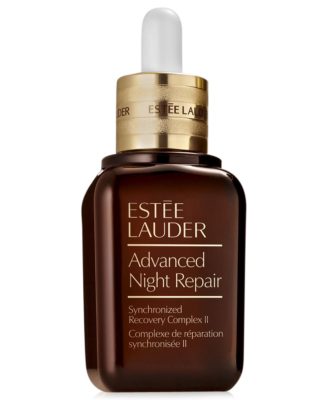
The serum
“When Night Repair ($70) first launched in 1982, it was a revolutionary moment in skin-care history,” explains Jennifer Palmer, Senior Vice President of Product Development at Estée Lauder. “For the first time, skin care became skin repair and the importance of night as the best time to repair was introduced.” For 35 years, the brand has continued to update the formulation of its best-selling “little brown bottle,” making it one of the best-performing products in the history of Lauder.
It’s won a shocking 150 awards worldwide and is touted by supermodels from Elizabeth Hurley to Carolyn Murphy. But… why? People “like it so much because it works!” Palmer enthuses. “Once you have tried it, you see visible results and you can’t stop using it.” She attributes this to the fact that it tempers “environmental assaults,” which helps to remedy past damage and prevent future damage. And if we’re playing a numbers game here as well (because it’s fascinating, right?), approximately 10 bottles of the serum are sold every minute worldwide.
The vitamin boost
A regular recommendation from top dermatologists, Skinceuticals C E Ferulic ($166) potion has gained a reputation as the “gold standard” of vitamin C formulas on the market. “C E Ferulic is backed by numerous clinical studies, which prove that it is effective in neutralizing free radical damage that causes aging,” explains Tina Fair, GM of SkinCeuticals, who adds that the formula helps reduce the appearance of fine lines and wrinkles and improves the feel of skin firmness.
Launched in 2005, two of the tiny dropper bottles now sell every minute. Part of its staying power is the extensive testing the product undergoes to ensure that it maintains stability and efficacy (a common issue with vitamin C products that like to oxidize) over time. “It is formulated to meet the Duke Parameters necessary for optimal vitamin C absorption and effectiveness,” says Fair. “The formula fights damage caused by daily exposure to free radical damage caused by external aggressors, such as UV rays, pollution, and infrared-a radiation.” No wonder derms call vitamin C “the LBD of skincare.”
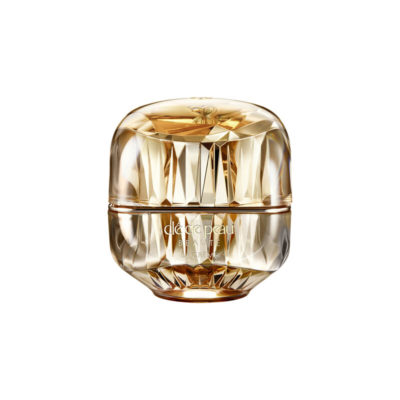
The cream
When it launched in 1982, Clé de Peau Beauté’s La Crème night cream caused a sensation. “It was the first of its kind on the premium skincare market,” says Nancy Kim, training director for the brand. The formula now sits in a faceted jewel jar (which was shaped like a mirrored disco ball in previous runs) that goes for a cool $535. Today, it’s a favorite of models and actresses like Candice Swanepoel and Christina Ricci. Superfans are appreciative of the fact that the brand isn’t too proud to improve– the current version on shelves is the eighth iteration.
According to the team, it takes three days to complete the over 100 steps required for making La Crème, with zero room for error. To achieve the luxurious texture, each ingredient must be mixed at the appropriate and uniform speed and for the perfect (and confidential) amount of time. Inspired by the tools of a Japanese tea ceremony, the setup (think a little tray and one of those teeny tiny spoon-y wands) also plays into the idea of timeless luxury. Like a screen siren prepping in front of a lighted vanity, the appeal of an ultra-glamorous presentation and experience can’t be ignored.
Speaking of cult favorite beauty products, this hyaluronic acid serum sells every minute and no kidding, half our editors use these peel pads.
ADVERTISEMENT
ADVERTISEMENTSports Direct Free Delivery on All Orders! |
Author Arden Fanning Andrews | Well and Good
Selected by CWC

ADVERTISEMENT
ADVERTISEMENTUp to 30% off Gift Sets |






